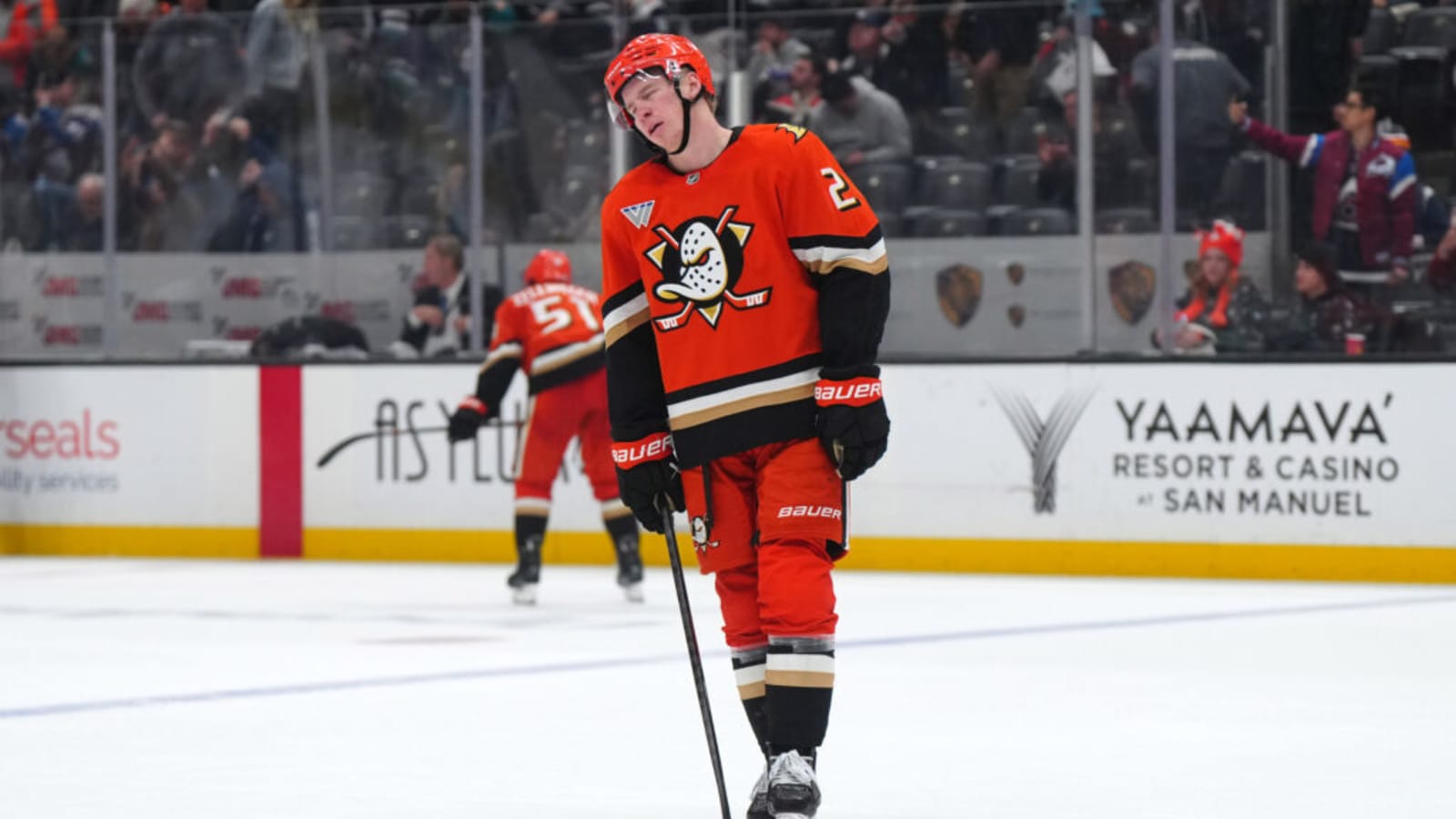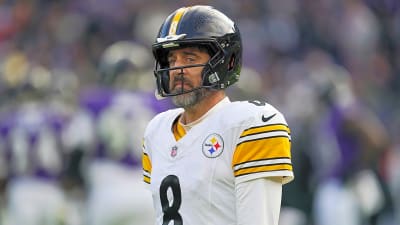
The Anaheim Ducks are falling short of expectations this season. Analyzing Pat Verbeek‘s lackluster offseason moves and the team’s struggles.
Falling Short of Own Expectations
In the lead-up to the 2024-2025 NHL season, Anaheim Ducks General Manager Pat Verbeek outlined clear objectives: to acquire a top-six right-shot forward and a top-four right-shot defenceman, bolstering the team’s competitiveness and vying for a playoff spot. However, as the season progresses, these ambitions remain unfulfilled, raising questions about the team’s direction and Verbeek’s strategies. In light of these shortcomings and the Ducks’ subpar performances this season, Verbeek’s silence is deafening.
Unmet Offseason Objectives
During the offseason, Verbeek expressed a desire to make significant roster additions. He stated, “What we’re looking to do and what’s going to really happen are two different things… What I’d like to be able to do is add a top-six forward and top-four defenceman.” Anyone who follows the National Hockey League knows that these are moves for teams that are poised to contend for the playoffs or, at minimum, take the next step.
Despite entering free agency with substantial salary cap space, the Ducks were unable to secure their targeted players. Reports indicate that Anaheim pursued forwards like Steven Stamkos and Jonathan Marchessault, both of whom ultimately signed elsewhere. Verbeek acknowledged these challenges, noting, “We took some swings and unfortunately, we don’t get the final say in it all.”
It should be acknowledged that the Nashville Predators overpaid for both players based on Dom Luszczyszyn‘s model. Stamkos received an $8 million AAV contract and was worth only $6.4 million at the end of last season. That contract looks worse today, with him currently being only worth around $3.6 million AAV. The situation is similar for Marchessault. It looked like Nashville was receiving a surplus on him at the time of signing: a $5.5 million AAV for a player worth $7.4 million. However, Marchessault’s current value is only $3.7 million AAV. Both players provide Nashville with a negative net value, which Verbeek can point to and say he avoided bad contracts. The term on the contracts is also concerning, four and five years respectively for players age 34 and 33. In the last year of those deals, paying 38-year-olds $8 million and $5.5 million are not recipes for success.
Current Season Performance
The absence of key acquisitions has had a tangible impact on the Ducks’ performance. As of December 20, the team finds itself struggling to remain competitive, with a record that places them outside the playoff picture. This outcome contrasts sharply with Verbeek’s preseason goal of “competing and being in the conversation and making the playoffs next year,” and fans are demanding answers.
“I want us to be playing meaningful games and be in the hunt to make the playoffs.”
GM Pat Verbeek on our upcoming season, naming Radko Gudas team captain and more. pic.twitter.com/QX6Ghc5Yb4
— Anaheim Ducks (@AnaheimDucks) September 20, 2024
Moving Forward
Given the current trajectory, it’s imperative for Verbeek to reassess and adapt his strategy to steer the Ducks toward success. Here are some options that Verbeek should consider:
- Explore Trade Opportunities: Verbeek should actively pursue trades to acquire the desired top-six forward. Leveraging the team’s cap space and assets could facilitate such a move. Verbeek no longer needs to pursue a top-6 defenseman. Given the current state of the team and the recent Jacob Trouba acquisition, acquiring another defenceman would squeeze out the promising youth currently on the roster. Players like Olen Zellweger, Pavel Mintyukov, and Drew Helleson should be building experience through NHL-level ice time. Verbeek needs to pursue a top-six forward diligently. The Ducks do not need a veteran, but rather another young winger with high upside like Marco Rossi or Nick Robertson.
- Strengthen Scouting and Recruitment: Enhancing the scouting department to identify undervalued talent and potential free agents can provide the Ducks with a competitive edge in future acquisition efforts. The Brian Dumoulin signing so far appears to be a shrewd one, while the jury is still out on the Robby Fabbri one. The amateur scouts get most of the glory, but the pro scouts are the salt in the dish; they are always underappreciated but can make or break a winner.
- Assess Coaching and Systems: Evaluating the effectiveness of the current coaching strategies and systems in place is essential. Implementing adjustments that play to the team’s strengths could improve on-ice results. It is not clear yet if Greg Cronin’s system will work for this group, but it is clear that it hasn’t yet.
- Maintain Transparent Communication: Keeping open lines of communication with fans, players, and stakeholders about the team’s direction and plans can foster trust and patience as the organization works toward its goals. At the end of the day, sports exist (or endure) because of fans, and all Ducks fans have heard from Verbeek are promises that he hasn’t been able to keep. A true leader is present at all times, good or bad, and Verbeek has been noticeably absent this season.
#FlyTogether Verbeek was asked about the ongoing losing streak and at what point he might consider some drastic change (beyond the two recent trades):
“I hope we end it tonight. How about that?” pic.twitter.com/cedsSoo9p9
— Andrew Knoll (@AndrewKnollNHL) December 14, 2024
Conclusion
While the initial objectives set by Pat Verbeek have not materialized as planned, there remains an opportunity to recalibrate and implement strategies that can guide the Anaheim Ducks toward a more competitive and successful future. The bare minimum he could do is address the fans and provide an update on his plan for the team.
More must-reads:
- Minnesota Wild's blockbuster trade for Quinn Hughes comes at perfect time
- Chiefs' Travis Kelce receives NFL punishment decision over postgame actions
- The '2025-26 bowl game host cities' quiz
Breaking News
Trending News
Customize Your Newsletter
 +
+
Get the latest news and rumors, customized to your favorite sports and teams. Emailed daily. Always free!








